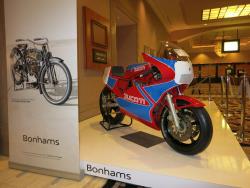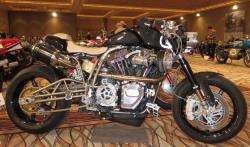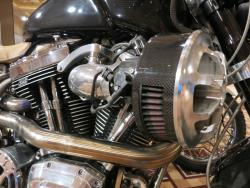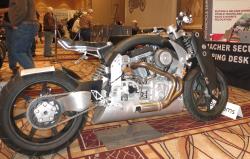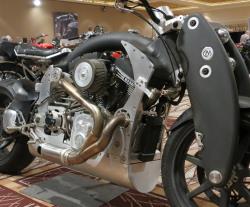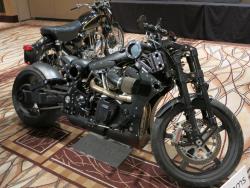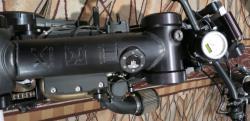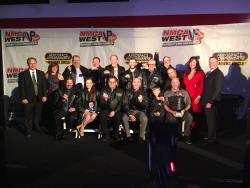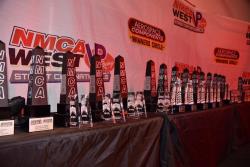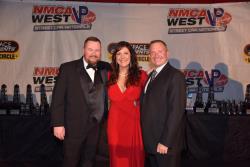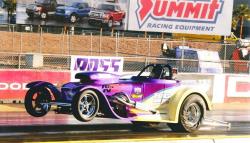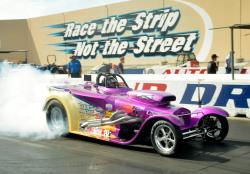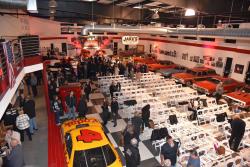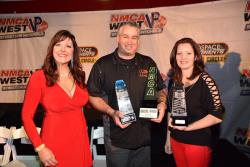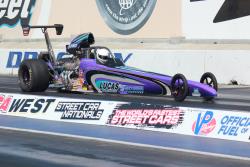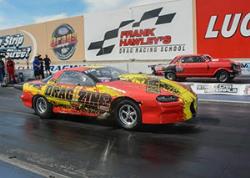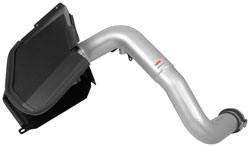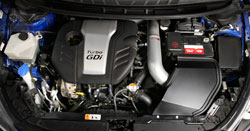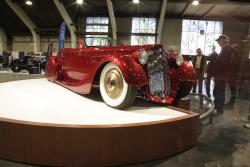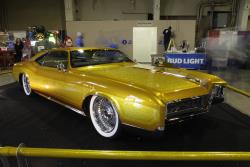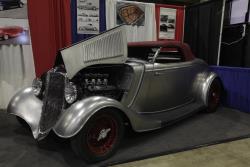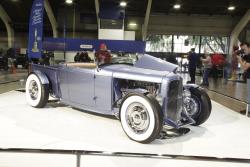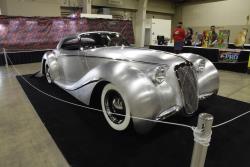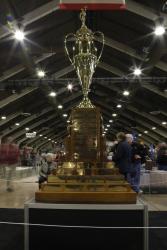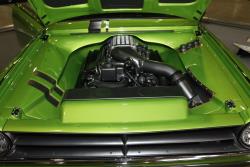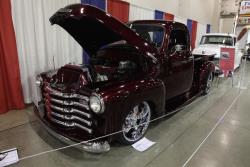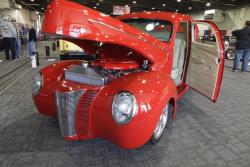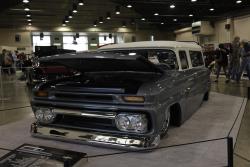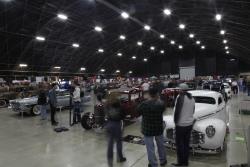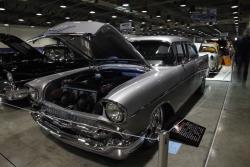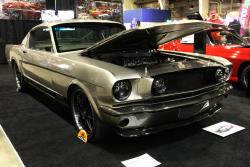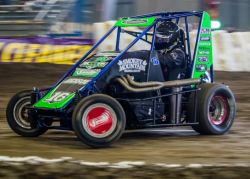
Chris Dyson racing a midget in the 2017 Chili Bowl (Photo courtesy Dyson Racing) | There are many examples of second- and even third-generation drivers in NASCAR and IndyCar. Chris Dyson, on the other hand, is a second generation road racer. And not one highly-accomplished only in his chosen category, but one who has branched out to running on dirt short tracks, particularly in Midgets.His most recent experience with Midgets was at the recent Chili Bowl ,in Oklahoma, competing against 350 other drivers. But first let’s look at what took Chris from Le Mans to Tulsa. His father, Rob Dyson, is a familiar face to those who followed IMSA racing in the 1980s. In 1985, he began competing in the IMSA GTP category in a Porsche 962, moving to a Riley & Scott Mk III as the rules changed, with the team winning the Daytona 24 Hours in 1997 and 1999. Rob retired in 2003. Chris grew up watching his dad’s successes, being only four when Rob started racing professionally. When he was old enough to get behind the wheel, Chris started in karts, and in 1999 moved into SCCA Club Racing competition in Spec Racer Ford. 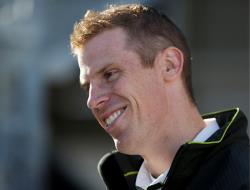
Chris Dyson has race sports cars, sedans, Midgets and Winged Sprints (Photo courtesy Dyson Racing) | In 2001, Chris moved up to his father’s Prototype team part-time and ran the full season in 2002. That first full year was particularly satisfying, as Chris explains “the first couple wins in my first full year racing prototypes were really significant, especially the Six Hours of Watkins Glen, because that was a race I'd always wanted to win. Winning at "home" at Lime Rock Park personally was the most fun,” Chris told us.“I would have to say winning the two IMSA American Le Mans Series championships was the most important from a career perspective and reflected some great full-season campaigns,” Chris continued. He also raced at the 24 Hours of Le Mans three times, peaking out at about 200 mph on each lap. In 2014-2015, Dyson Racing, with Chris now operating as both driver and Sporting Director, was in the midst of a two-year, works-supported Bentley effort in Pirelli World Challenge . The team enjoying considerable success, with Chris himself taking the top step on the podium at Elkhart Lake, plus a second at Long Beach and several thirds. But in the midst of all this, Chris decided to add dirt oval racing to his already packed agenda. 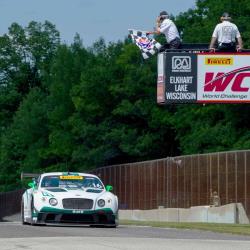
Dyson taking victory at Road America in the Bentley Continental GT (Photo courtesy Dyson Racing) | But why, we asked. “I love running all types of the dirt cars because they have their own personalities and they all react differently,” Chris responded. “When I returned to running on ovals, I wanted to race everything, and in 2015, I did. We ran sprint cars, winged sprint cars, and midgets that year. Midgets are probably the most responsive of the three,” he explained.Chris lives in upstate New York. How did he decide to run in a series on the West Coast? “Cory Kruseman, who's believed in me and has put me in his cars, is based on the West Coast. Cory has always been successful in all forms of the sport. And he runs a racing school, so there's the added element of getting strong coaching and mentoring. We talked a lot about what I wanted to do and came up with a great program of events so the USAC Western States events have been a good fit. I'm East Coast based, so the ARDC is also interesting for me.” Chris' Midget car is out of Kruseman's fleet: a Spike chassis out of Indy and an Esslinger motor from the Southern California engine builder. Intake draws through a K&N 100-8576 custom racing assembly air box protected by a K&N 100-8576PK air filter wrap. Chris was out of commission for most of the year with back and rib injuries. Now healed, Chris jumped back into the fray at perhaps the largest Midget race in the country – the Chili Bowl. Run since 1987 inside the Tulsa Expo Center, the floor is covered with clay scrapped off the adjacent and now defunct horse racing track. Drivers come from across the country, Canada and even Australia, and from all forms of motorsports. Regular Midget racers regularly face drivers from NASCAR, IndyCar, and even NHRA. 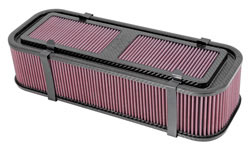
A filter often used by Midget competitors is a K&N 100-8576 custom racing assembly | Chris describes the action over the two weekends the event runs: “It's run like a tournament. The heats each night and the passing points in those heats set the grids for the qualifying races that follow. The results of those qualifying events, on each of the four qualifying nights, sets the running order for Saturday's Main Events. It's amazing how well-organized the event is, because they are now seeing entries over 350 cars for the week.”That’s over 350 competitors vying for 24 starting positions in the A-Main. 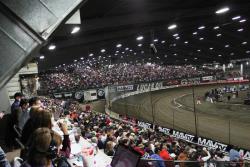
The Chili Bowl draws crowds as large as 22,000 spectators (Photo courtesy Chili Bowl Nationals) | And how did Chris feel about his performance? “Considering how long it's been since I've competed, I felt reasonably pleased with how I drove. We had a good heat but we got caught up in someone else's tangle in the qualifier, and bent a front shock. On a slick track, that's about the last thing I needed. But we soldiered on until the end. “I’m looking at getting back into prototypes at some point this year, and some other interesting cars, and I'm excited to get back on the dirt ovals, too and I'm grateful for the support of Smokey Mountain Herbal Snuff and all my great sponsors who help make it happen.” Besides maybe A.J. Foyt there are few drivers who can compare and contrast racing a Midget on a ¼ mile dirt oval to racing 200 mph in the dark at Le Mans. Here’s what Chris had to say: “They’re totally different disciplines, and not just because of the car type, but at the end of the day it's all racing. The short-track racing is as frenetic as it gets, cut-and-thrust all the way and flat out non-stop until the end. They're short races but it's amazing how much they light up your brain. It doesn't feel short because you'll never be on a track in any other situation where as much is happening at any point in time. 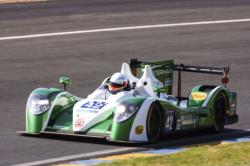
Dyson drove a Nissan-powered Prototype in the 2014 24 Hours of Le Mans (Photo courtesy Dyson Racing) | “Le Mans at night, at 200 mph, is something else. Especially when you're by yourself, it's surreal to be out ripping around the French countryside on what are, most of the year, public roads. Talk about getting away with it! You have to focus and concentrate on a really high level, and even though the race is a full day in length, you're covering ground at such a high rate that you have no room for error. “I'm happy in both forms of racing, to be honest and I consider myself one of the luckiest guys in racing to have been able to have such a diverse driving career. And I'm psyched to keep going on this wonderful adventure and improving my craft the whole time.” Photographs courtesy Dyson Racing, except crowd shot, courtesy of Chili Bowl Nationals |

